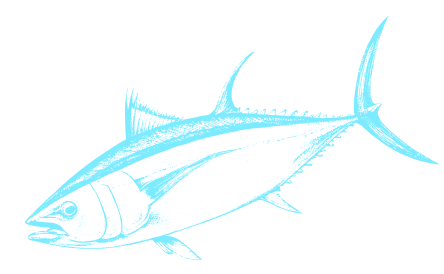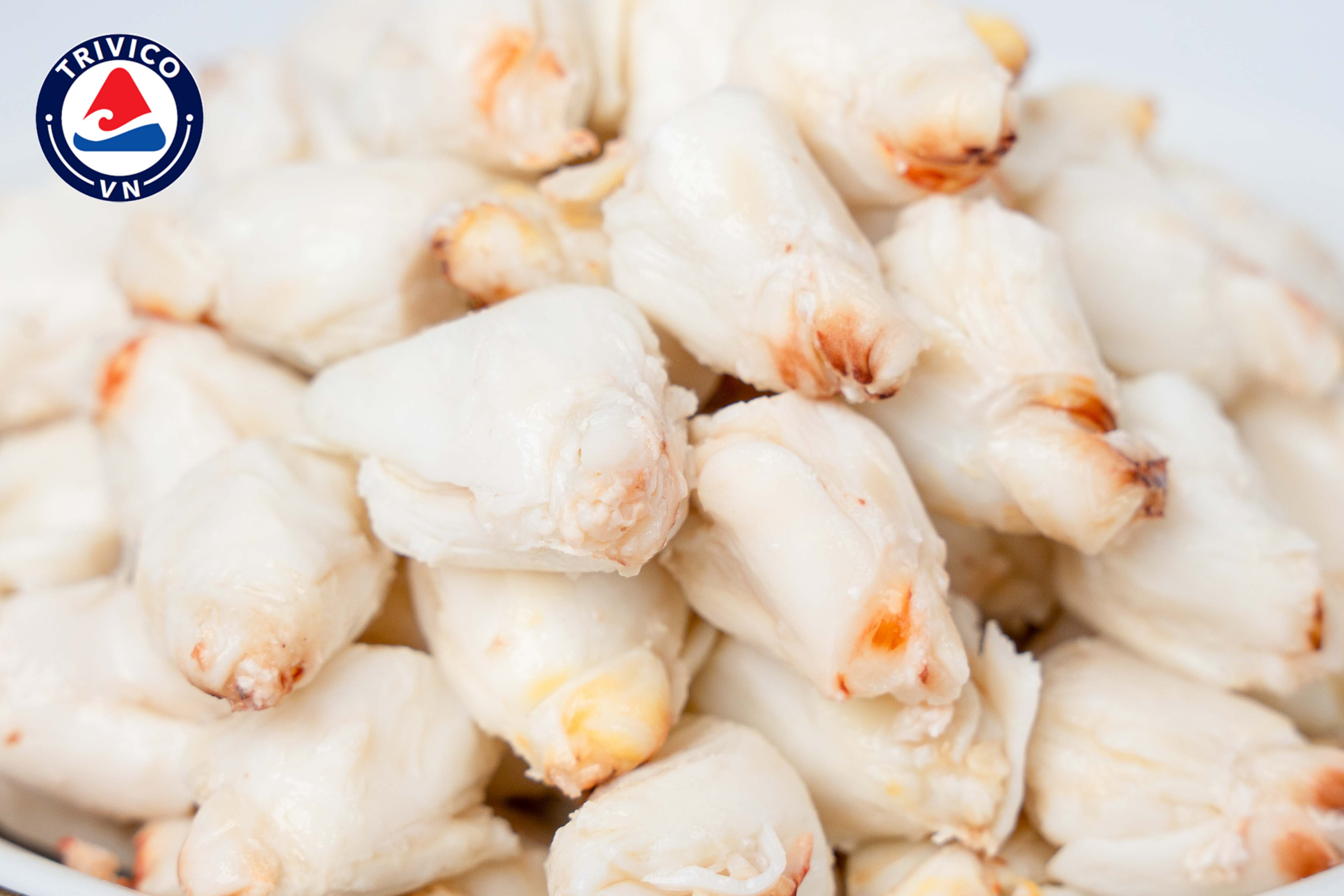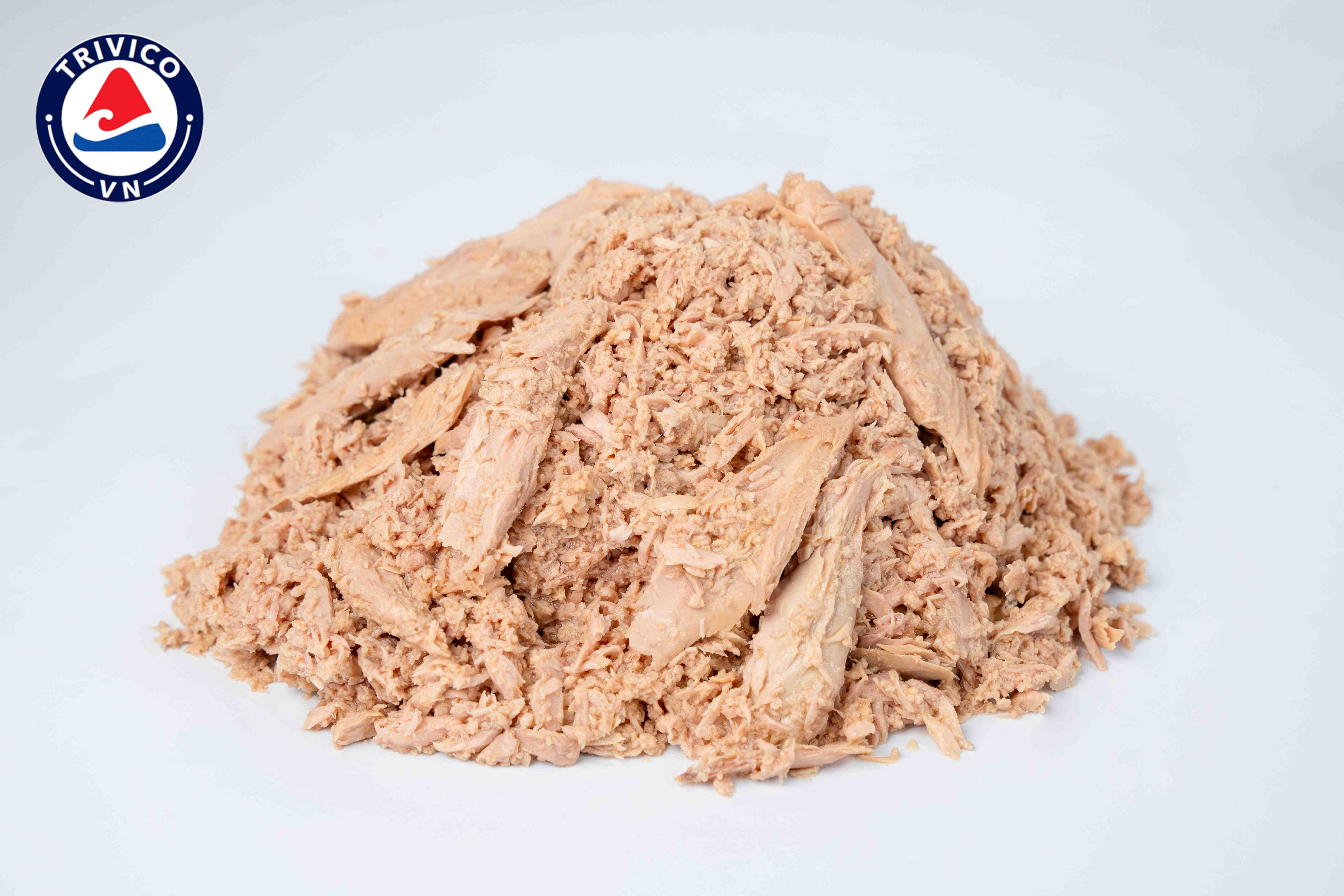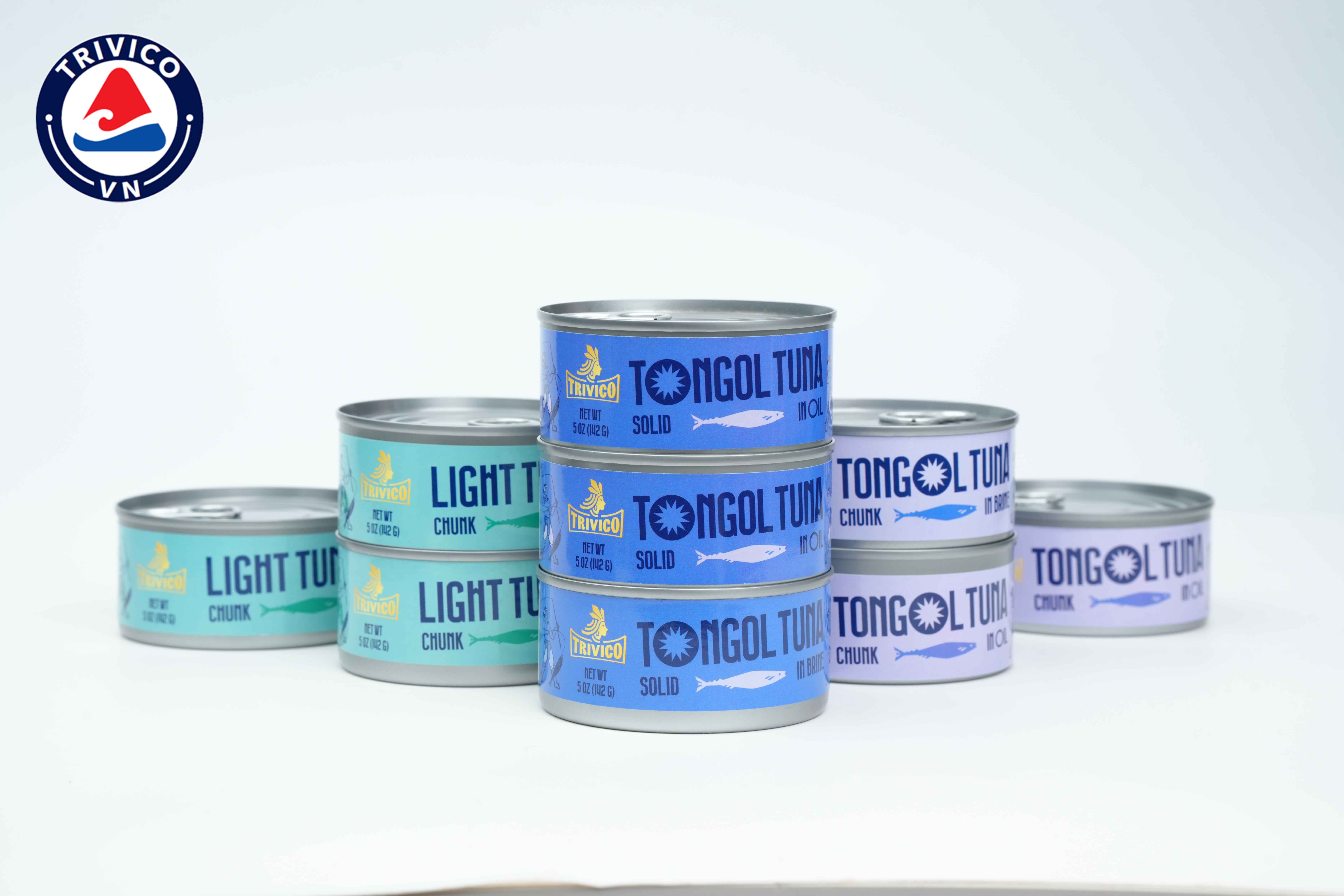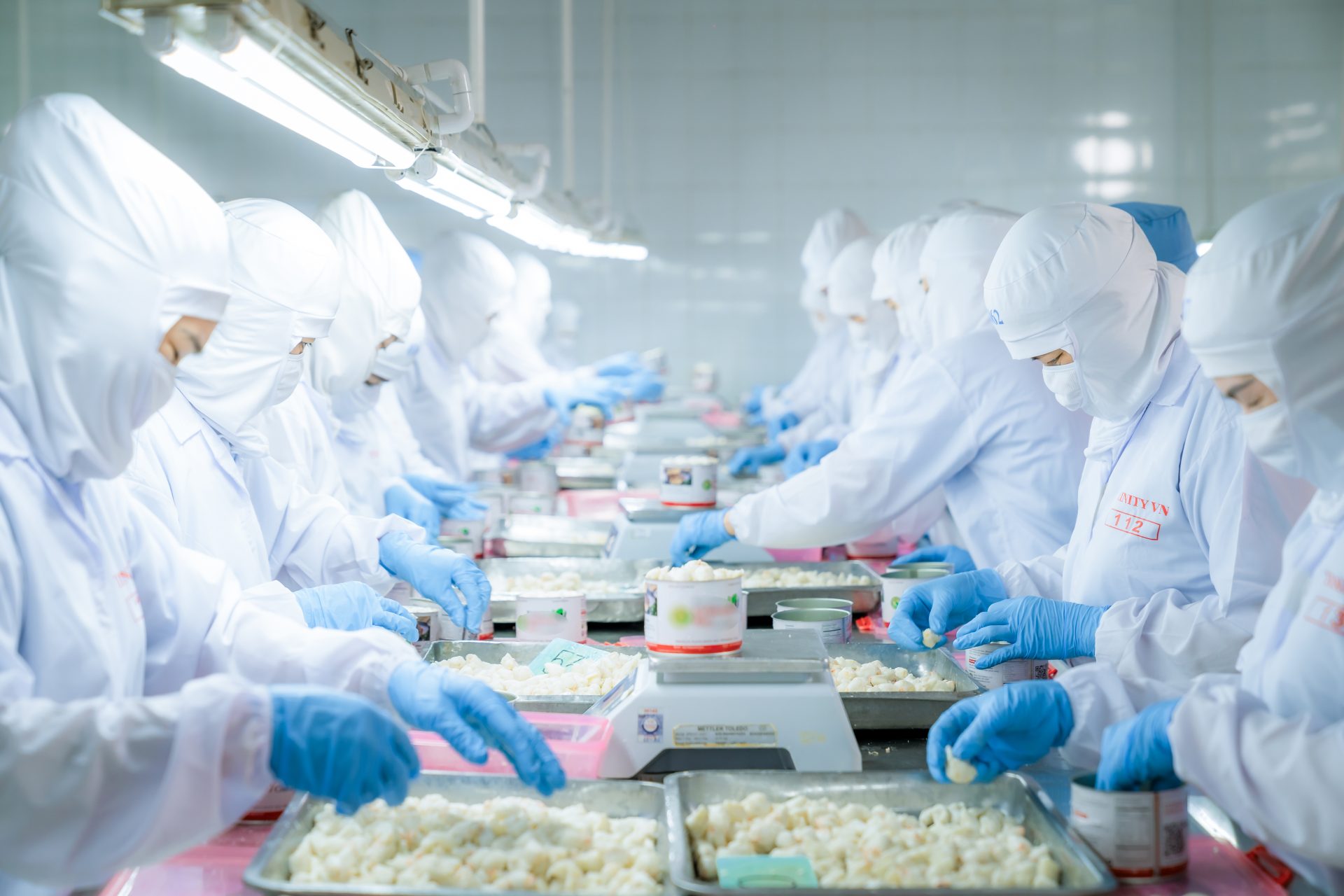
News
 Trinityvietnam
Trinityvietnam
 16:20 - 08/09/2025
16:20 - 08/09/2025
Dragon Fruit Prices Soar, but Farmers Have No Harvest to Sell
Out-of-season dragon fruit is now priced at VND 33,000–43,000 per kilogram, yet farmers have little to offer as cultivation output has halved after prolonged years of losses.
By late November, the end of the main dragon fruit season and the beginning of the off-season “lighting crop,” many warehouses in Chau Thanh District (Long An) are buying red-fleshed dragon fruit, from grade 1 to grade 3, at VND 33,000–43,000 per kilogram.
However, unlike the bustling harvest scenes of previous years, most dragon fruit farms this year are only maintaining minimal production.
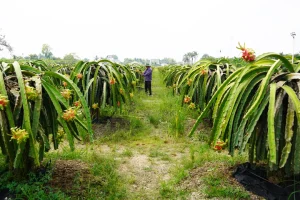
Farmers tending to off-season dragon fruit under lights in mid-November in Tan An City, Long An. Photo: Hoang Nam
Nguyen Van Phuc, 40, from Thanh Phu Long commune, Chau Thanh, owns 3,000 square meters of red-fleshed dragon fruit. When the price is above VND 30,000 per kilogram, each year with 2–3 lighting crops, his family could harvest around 6 tons of fruit, earning at least VND 100 million in profit annually.
Since the pandemic, exports have stalled, dragging prices down and leaving Phuc and many others facing prolonged losses. Some farmers, unable to shoulder fertilizer and pesticide costs, were forced to cut down their dragon fruit and switch to other crops. Phuc has tried to keep his farm, but no longer uses lighting for off-season crops, only relying on natural harvests. The price may be lower, but this reduces his risk of heavy losses.
“Since the start of this year, we’ve only harvested about 2 tons, just a third of previous years. After deducting fertilizer and labor, there’s no profit,” Phuc shared.
Truong Van An, another grower in Tan An City, has 1.5 hectares of red-fleshed dragon fruit nearly ready for an off-season harvest. Despite current high buying prices, he noted that most farms are under-cared, lacking fertilizer, so the fruit often meets only grade 3 or 4 standards.
“Many orchards are also affected by disease, forcing sales of downgraded fruit at just VND 7,000–8,000 per kilogram. So this season, farmers will see only small gains at best, or outright losses,” An said.
Long An currently has around 12,000 hectares of dragon fruit, mainly in Chau Thanh District, with an annual output of nearly 300,000 tons. After years of pandemic-related losses, many growers abandoned dragon fruit for other crops, leaving just 9,000 hectares in cultivation.
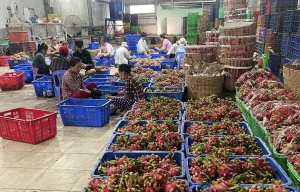
Workers sorting and packaging dragon fruit at a warehouse in Chau Thanh District (Long An), November 21. Photo: Hoang Nam
Nguyen Quoc Trinh, Chairman of the Long An Dragon Fruit Association, said this crop’s price is the highest so far this year. However, the supply has dwindled to only 200–300 tons.
“After years of losses, many orchards were left poorly maintained, with little fertilizer and widespread disease. Yields have therefore fallen by half,” Trinh explained.
Currently, warehouses are able to purchase only 2–3 tons of dragon fruit a day, while many others have closed due to lack of supply.
Tien Giang, another major dragon fruit-producing province in the Mekong Delta with about 10,000 hectares, has also seen a sharp decline. Over the past two years, its cultivated area has dropped to 8,900 hectares, with an annual yield of around 200,000 tons.
“Just like with Thai jackfruit in recent years, whenever supply is low, prices climb. But in reality, dragon fruit growers are still struggling,” said Mr. Men.
https://vnexpress.net/thanh-long-sot-gia-nha-vuon-khong-co-de-ban-4679549.html





